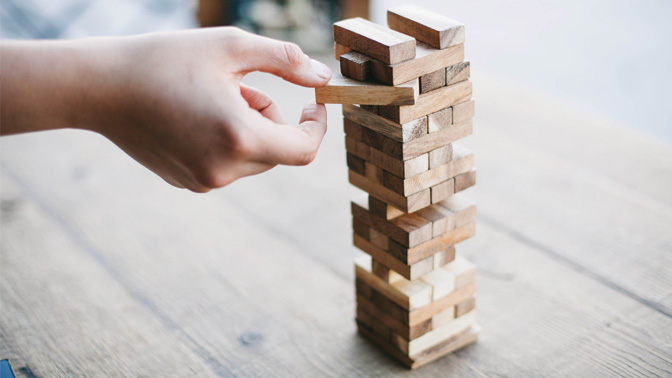
At some point today, most people have likely drank a glass of water, tied their shoelaces or written something down on a piece of paper. But, for those experiencing tremors, the ability to perform these routine activities is difficult.
Tremors are a type of movement disorder characterized by involuntary and rhythmic shaking of certain parts of the body. They can appear on their own or can be the symptom of a neurological disorder such as Parkinson disease, stroke or traumatic brain injury. Drugs can help reduce the severity of tremors in some people, but can be ineffective in others, who will often then turn to surgical treatments to ease their tremors.
A surgery known as deep brain stimulation (DBS) has been successfully used to treat tremors. DBS involves implanting electrodes into certain regions of the brain to deliver electrical stimulation. Like any surgery, there are risks; however, these risks may be outweighed by the expected benefits of the surgery. A better understanding of the factors that can predict the long-term benefit of DBS would help patients decide whether the surgery is right for them. To date, these predictive factors remain elusive.
To address this gap in knowledge, Krembil Clinician Investigator Dr. Alfonso Fasano initiated a study to determine the characteristics associated with positive long-term outcomes in people who underwent DBS. His research team analyzed the medical records of 52 patients and used advanced approaches to identify clinical factors that can predict the effectiveness of DBS in reducing tremors.
The team found that patients who benefitted from DBS tended to be of older age; have Parkinson disease as their cause of tremor; display more severe tremors prior to DBS; did not respond to a certain class of drugs normally prescribed to treat tremors; and exhibited specific signatures of brain activity. They also found that positioning the electrode in a specific way during surgery improved outcome.
“This study represents the first attempt to create recommendations for the selection of tremor patients who are most likely to benefit from DBS using readily available clinical data,” explains Dr. Fasano. “Future studies involving more patients will enable the development of novel tools that will help patients and surgeons make more informed medical decisions.”
This work was supported by the Dystonia Medical Research Foundation Canada and the Toronto General & Western Hospital Foundation. A Lozano is a Tier 1 Canada Research Chair in Neuroscience.
Sandoe C, Krishna V, Basha D, Sammartino F, Tatsch J, Picillo M, di Biase L, Poon YY, Hamani C, Reddy D, Munhoz RP, Lozano AM, Hutchison WD, Fasano A. Predictors of deep brain stimulation outcome in tremor patients. Brain Stimul. 2018 Jan 2. doi: 10.1016/j.brs.2017.12.014.




